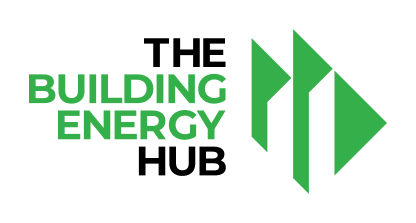Decarbonization Planning Guide
Implement Decarbonization Plan
Define the Scope of Work and Assemble Your Team
Once you've developed your decarbonization plan, it's time to define your scope and plans for implementation and refinement.
Here you’ll find best practices around developing your scope and high-level procurement options for common types of work, ranging from simple equipment swaps or replacements to major renovations involving multiple services.
Potential Team Needs
You will want to build a team of experts to help implement the project. Every project will need a construction team, typically consisting of a general contractor and their subcontractors for specific systems. Small projects may just have one contractor.
Large projects will need a design team. The design team consists of architects for designing building spaces and enclosures and engineers to design the systems.
Additionally, there are three experts you may want to bring into your owner’s team for the decarbonization project:
Owner’s Representative
For large projects or long-term projects, you may want to hire an owner’s representative to help manage all the parties for construction. This role stands in for the owner in meetings with the design and construction teams and ensures the project remains true to the decarbonization goals and implementation timeline. This will give you more time to focus on day-to-day business operations instead of the construction project. Architects are often a good choice for this role.
Commissioning (Cx) Agent or Third-Party Verifier
- A third-party commissioning agent evaluates system performance after the completion of a project. Traditionally they only test controls to ensure they operate to specifications, but their responsibilities can be expanded to ensure the building is meeting your decarbonization goals. While contractors can perform their own commissioning, a third-party commissioning agent can better hold the design team and construction team accountable when measuring and verifying system performance.
- A third-party verifier or rater is like a commissioning agent who measures and inspects building envelope infrastructure such as walls, windows, roofs, and simpler building systems. You can find a list of Multifamily New Construction Trained Raters on ENERGY STAR’s website.
Financial Advisor
The owner’s financial advisor provides tax credit and grant support. The financial advisor can also identify if there are specific compliance or time requirements that may affect the design and construction team.
Procuring the work
When you procure a project, there are two common ways to provide the scope of services to design and construction teams for bids: the Request for Proposal (RFP) and the Request for Quote (RFQ).
| Request for Proposal (RFP) | Request for Quote (RFQ) |
|---|---|
| An RFP is a document requesting services for large projects that involve multiple building systems, such as renovating whole spaces, replacing a boiler system with an air-to-water heat pump system, or replacing windows, hot water heaters, and lighting. These projects often require multiple subcontractors and design consultants. The RFP outlines the objectives of the renovation project and multiples systems requested. Depending on the size and services required, these can be issued to design professionals like architects or engineers, general contractors, or both. | An RFQ is a document that requests a contractor quote for small and simple building renovation, such as upgrading lighting to LEDs, envelope air sealing, or swapping out a rooftop unit with a heat pump RTU. The RFP outlines the scope of services and requests quotes, usually from a single contractor to perform the work. |
Potential Team Needs
Below, you'll find several things to consider for procurement services that differ for a decarbonization project.
Decarbonization Goals
A decarbonization project should outline your specific goals-related emissions and system performance from the Decarbonization Plan so the design team and contractors have clear performance objectives when conducting the work.
Decarbonization goals can be outlined in an Owner’s Project Requirements (OPR) document. RMI’s Managing Deep Energy Retrofits Guide outlines the following key requirements for your OPR.
- Owner’s Mission and Vision
- Drivers for change
- Financing constraints
- Emissions goals
- Health and Indoor Environmental Quality (IEQ) goals
- Potential allies and partners
- Methods for measurement and evaluation.
Previous planning and work documentation
Bring all the work you’ve done up to this point into the process. Reference the greenhouse gas emissions audit and share your findings so potential teams understand the previous work to identify strategies to reduce the building’s emissions.
Integrated Design and Construction approach
Depending on the size and goals of your project, your project may benefit from integrated design and construction, in which you hire the design team and the construction team to work together. Integrated design involves early input from both the design and construction teams, who share a common responsibility for project goals, risk, and rewards. This more collaborative approach to a project helps ensure that decarbonization goals and outcomes are developed with buy-in from all parties throughout the project, from beginning to completion.
Enabling requirements
A decarbonization project should identify enabling measures required to complete the work and make it clear to prospective contractors that additional scope may be required to complete the work. For example, instead of just replacing a rooftop unit with a like-for-like rooftop unit, a new heat pump RTU will be used—and it will need an electrical service upgrade to go with it.
Measurement, Verification, and Evaluation
- A decarbonization project is best when you outline specific performance objectives for the design and construction team to meet at the end of the project. For example, a blower door test should measure CFM50 PA /sf to verify the building’s air sealing, or a maximum heating demand size should meet a certain kBTU/sf/yr for the HVAC system. It should be clear how these requirements are to be tested.
- When a bidding contactor also has the ability to evaluate their own work, that presents a conflict of interest. To ensure you get your money’s worth, we recommend hiring a third-party commissioning agent to ensure all controls work correctly. Commissioning systems can save 5% to 14% site energy savings, per a study by the Lawrence Berkeley National Laboratory. See the Establish verification plan section for more details.
Financial funding constraints
You should check to see if any of your incentives or financial supports have time limits. For example, grant funds have deadlines, and state incentives might expire after a certain date.
Bid Selection and Contract Process
Owners often choose the lowest bidder during the selection process. Sometimes, that choice is a requirement from an Authority Having Jurisdiction (AHJ), such as a state government. However, for decarbonization, it is critical to accept the lowest responsible bidder. This means that the contractor or designer has the expertise, tools, and time to complete the project in accordance with your decarbonization goals.
An example of a lowest responsible bidder would be to reject a low bidder that is 30% lower price than all other contractors because, after reviewing their submission, it is clear the bidder excluded key parts of the scope or basis of the design. Another example would be to select a slightly higher bidder because they have the experience, training, and certifications in installing a complex system like VRF heat pumps as requested in the RFP, while the lower bidder has not completed that training.
For a list of qualities to look for when selecting a Contractor, refer to this procurement guide from the Building Innovation Hub that outlines different aspects of quality vendors.
Once the team is selected, the contracting process begins. The contract should include typical provisions for a contract, defining the scope of work for each team, the expected timeline, and the expected budget and payment.
You can include the decarbonization goals and measurement and verification (M&V) requirements in the contract, too. In fact, as an owner, you can add additional incentives or penalties for the performance to meet the M&V requirements. You can learn more about contracts for decarbonization projects at the Building Innovation Hub.


